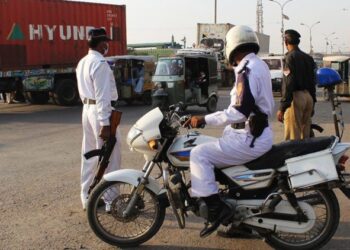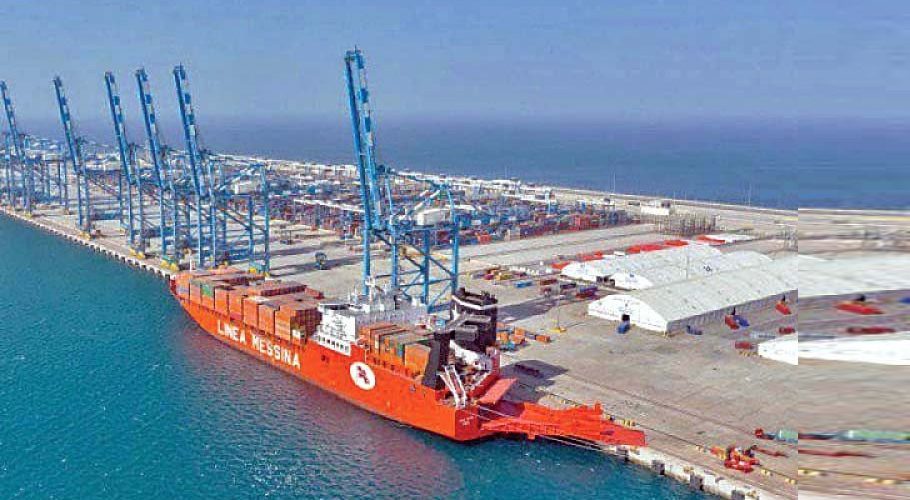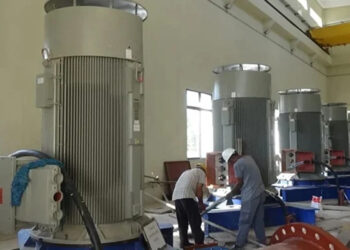The Pakistan Air Force (PAF) has reportedly shot down five Indian Air Force (IAF) fighter jets in response to India’s recent missile strikes, according to a statement made by Pakistan’s Defense Minister early Wednesday.
Speaking to Geo News, Defense Minister Khawaja Asif confirmed that the aircraft downed included three Rafale jets, one MiG-29, and one Su-30.
Further substantiating the claim, a senior French intelligence official reportedly told CNN that one of the downed jets was a Rafale, a French-made multirole fighter aircraft recently acquired by the Indian Air Force.
The loss of advanced fighter jets, particularly the Rafale, represents a serious blow to the IAF and has the potential to escalate regional tensions further if not addressed through diplomatic channels.
So, how do the Indian and Pakistani air forces stack up? let’s look at the capabilities of both air powers.
Comparison Between PAF and IAF?
Manpower and Size
| IAF (India) | PAF (Pakistan) | |
| Active Personnel | Approx. 140,000 | Approx. 70,000 |
| Combat Aircraft | 730+ | 452+ |
| Total Aircraft (all types) | 2229 | 1399 |
| Airbases | 60+ (including forward bases) | Approx. 30 |

Fighter Jet Fleet
| Aircraft Type | IAF (India) | PAF (Pakistan) |
| 4.5 Gen Fighters | Su-30MKI (270+), Rafale (36), Mirage 2000 | J-10C (25)
JF-17 Block III, F-16 Block 52, Mirage III/V |
| Light Fighters | Tejas Mk1 (40+ in service) | JF-17 (150+ total of all blocks) |
| Multirole Jets | Mirage 2000, Rafale | F-16 Fighting Falcon (75+) |
| Strategic Bombers | None | None |
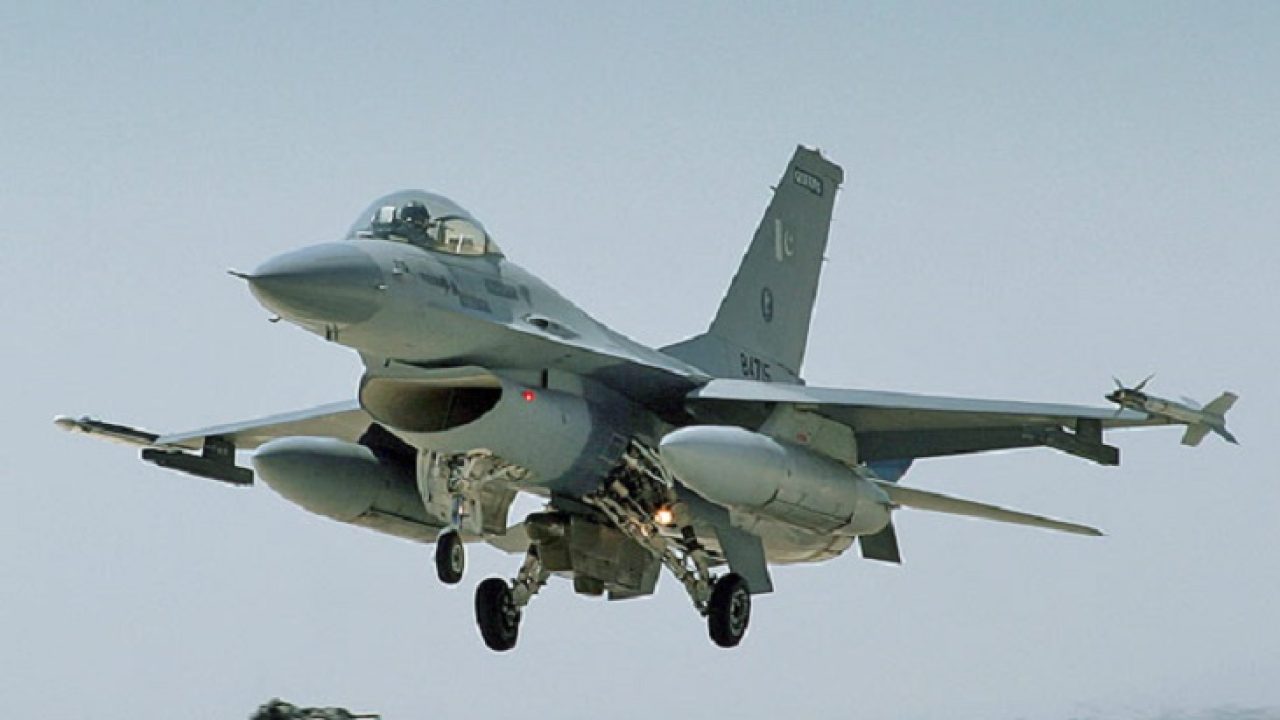
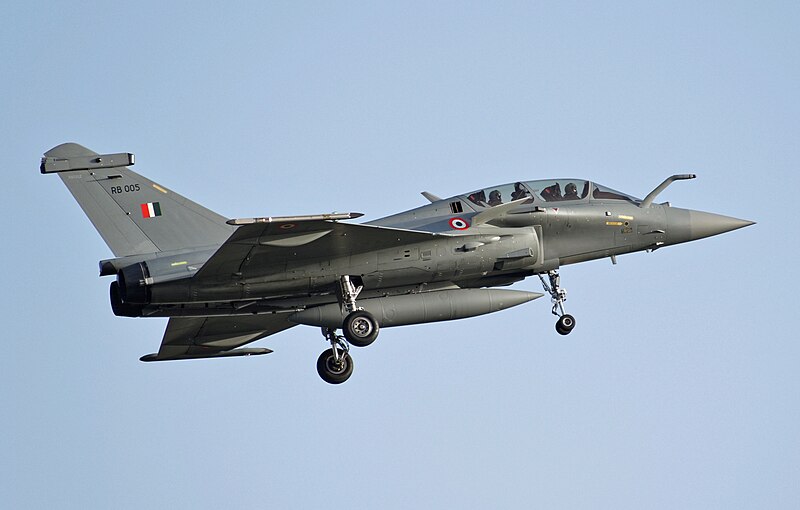
Technological Edge
| Category | IAF | PAF |
| Radar and AEW&C | NETRA AEW&C, Phalcon AWACS | Erieye AEW&C, ZDK-03 |
| Drone Capability | Heron UAVs, Ghatak UCAV (in development) | Bayraktar TB2s, Wing Loong-II drones |
| Air-to-Air Missiles | Meteor (Rafale), Astra, R-77 | AIM-120C5 (F-16), PL-15 (J-10c and JF-17 Block III) |
| Indigenous Production | Tejas, HAL upgrades, domestic UAVs | JF-17 co-produced with China, imported drones |
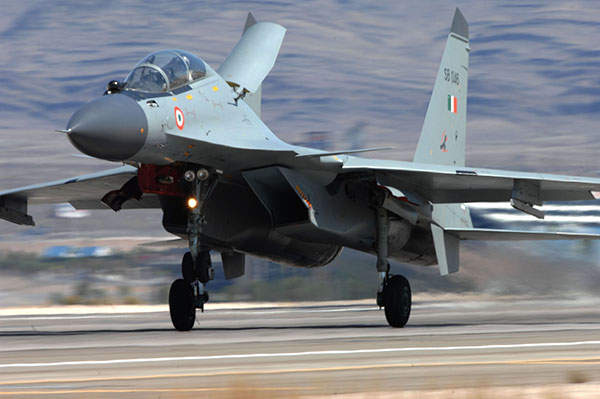
Strategic Capabilities
| IAF | PAF | |
| Nuclear Delivery Platforms | Su-30MKI, Mirage 2000, Rafale (nuclear-capable) | F-16s, Mirage V |
| Strategic Reach | Long-range precision strike with refueling, satellites | Limited range; focused on regional/tactical response |
The IAF (India- fourth-largest air force in the world) holds a numerical and technological advantage in most categories, especially in terms of strategic reach over PAF which is the seventh-largest in the world. However, the PAF has maintained a potent, well-trained force with modern systems like the J-10C, JF-17 Block III and F-16s, optimized for quick response and regional defense.
Despite its numerical superiority and larger fleet of fighter jets, the Indian Air Force (IAF) faces significant operational challenges when compared to the Pakistan Air Force (PAF).
A critical concern lies in the pilot-to-aircraft ratio, which directly impacts the ability to sustain high-tempo operations. According to Indian media outlet ThePrint, the IAF maintains a ratio of approximately 1.5 pilots per aircraft, whereas the PAF has a significantly higher ratio of 2.5 pilots per aircraft. This disparity has serious implications in the event of a full-scale conflict.
The higher pilot-to-aircraft ratio within the PAF allows it to conduct continuous day-and-night operations with greater efficiency. While aircraft are capable of flying multiple sorties—potentially up to six per day—human endurance becomes a limiting factor. The availability of more pilots enables the PAF to rotate crews more effectively, maintaining a higher operational tempo without overburdening individual aviators.








